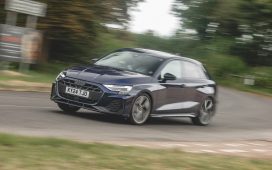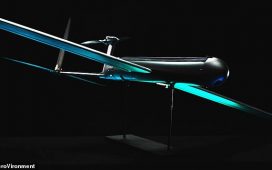The tailgate is likely to be body-coloured, with critical aero elements more subtly integrated across both the rear screen and rear bumper. A full-width light bar is also expected, with simpler, cleaner lenses.
The exterior isn’t the only element likely to be revised, with more extensive changes planned for the cabin. A major part of this will be a reinvention of the dashboard and interfaces, with the introduction of some physical buttons, as seen on the ID.2all. A solid uplift in interior quality is also on the cards, with more textured and soft-touch materials to boost the ID.3’s image.
Volkswagen will also be making changes under the skin, with Grünitz telling us: “We also have a lot of improvements in terms of battery costs and performance, [and will] bring new features and driver-assistance functions. So there will be a huge improvement, both in terms of the cost for us, but also benefit for the customers.”
In current form, the ID.3 offers four battery sizes in the UK, from an ‘urban-focused’ 52kWh capacity through to the top-spec 79kWh battery pack on the hot GTX. The larger battery offers the longest range of any variant, at a quoted 369 miles, and we suspect this will only improve with new battery tech.
Fundamentally, the MEB platform will maintain many of its key technical elements, including a rear-drive layout and sophisticated multi-link rear suspension. The switch to front-mounted motors and a more basic rear suspension will be reserved for the smaller MEB Entry models.
GTX badge remains as VW says no to an ID.3 GTI
One thing the next ID.3 won’t do is morph into a GTI, with VW reserving that moniker for models that ‘feel’ like a GTI, instead of just looking like one.
Development boss Kai Grünitz told Auto Express: “Bringing performance to battery-electric vehicles is easy, you see that in all brands. But creating fun-driving vehicles is much more difficult, so the first question is ‘what’s the DNA of something like a GTI?’ How much power do we put in?”
Volkswagen will continue to refine the GTX brand, potentially bringing with it e-motors that mimic gearchanges, as seen on the likes of Hyundai’s Ioniq 5 N, and even expand the GTX branding into internal-combustion engines.
“We have a lot of ideas about what to do with this,” added Grünitz. “You will see this, both for GTI and GTX.”
Click here for our list of the best electric cars on sale…










